
Also known as Phthalo Blue, Monastral Blue and Intense Blue, Winsor Blue was created by experts at Winsor & Newton in the 1930s. It was launched as a paint pigment in 1938, crafted to replace the troublesome Prussian Blue. Since then, it has been cherished by artists for its depth, intensity and excellent tinting and mixing abilities in paints, dyes and printing.
Synthetic discoveries
Winsor Blue is made from the organic synthetic pigment copper phthalocyanine, a deep-blue compound. Established from the phthalocyanine family of colours, which were first chemically synthesised in the late 1920s, Winsor Blue was shortly followed by Winsor Green. Many new synthetic organic pigments were being discovered around this time, but only three were universally accepted for their artist quality in the 1950s: Phthalocyanine Blue, Phthalocyanine Green and Alizarin Crimson.
The problem with Prussian Blue
Winsor Blue became the perfect replacement for the unpredictable, unreliable Prussian Blue. Winsor Blue is a more vibrant colour, but otherwise the two share many of the same properties, including their intense richness of pigment and therefore excellent tinting abilities. Prussian Blue’s reputation as an unstable pigment is due to the fact that, soon after its invention, it was found to be prone to fading when exposed to light or mixed with some alkaline pigments. As a result, when phthalocyanine pigments were introduced it was a relief to many to leave behind the troublesome Prussian Blue in favour for the reliably lightfast Winsor Blue.
Positive properties
Winsor Blue is most commonly a cool green-blue, but it can also be a warm red-blue. It has either a red or green undertone, which has led to Red Shade and Green Shade variations, while its deepness and intensity approaches black in masstone. It mixes very well with other colours – though artists must be careful not to let it overpower the shade it is being combined with. When thinned, Winsor Blue can be used for glazing with great effect. It is also stable and insoluble, except in the case of sulphuric acids. A reliable pigment Winsor Blue is transparent and completely permanent, with great tinting abilities, and – in the case of watercolour – staining properties. Ever since its invention, artists have welcomed and embraced the colour’s versatility and impact.

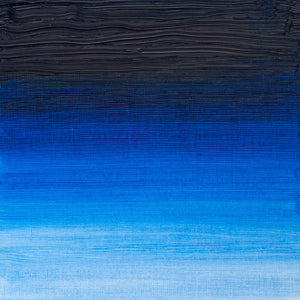
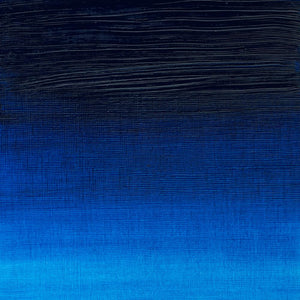
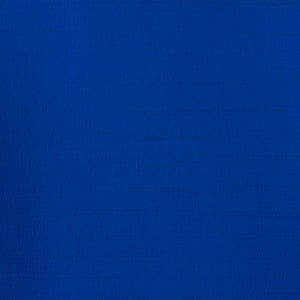
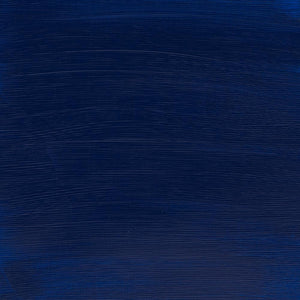
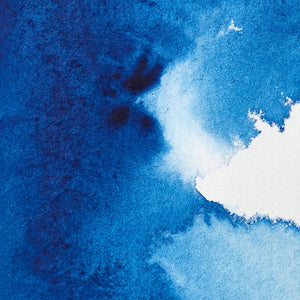
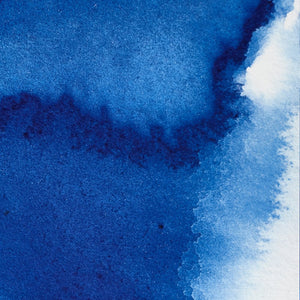

![W&N BLACK FINELINER LS 0.1 [CAP ON]](http://uk.winsornewton.com/cdn/shop/files/64128.jpg?crop=center&v=1736866967&width=20)
![W&N COTMAN WATERCOLOUR 8HP FLORAL POCKET SET [FRONT]](http://uk.winsornewton.com/cdn/shop/files/97499.jpg?crop=center&v=1738930795&width=20)
![WN COTMAN FLORAL POCKET SET 9PC 884955081129 [DHI]](http://uk.winsornewton.com/cdn/shop/files/136686.jpg?crop=center&v=1738930795&width=20)

![WN PROMARKER COOL GREY 3 [COMPOSITE] 884955041406](http://uk.winsornewton.com/cdn/shop/files/77586.jpg?crop=center&v=1741263144&width=20)
![W&N SERIES 7 KOLINSKY SABLE BRUSH ROUND [SHORT HANDLE]](http://uk.winsornewton.com/cdn/shop/files/11424.jpg?crop=center&v=1740568148&width=20)

![W&N GALERIA ACRYLIC TUBE 60ML TITAN WHITE 08 [COMPOSITE] 094376914061](http://uk.winsornewton.com/cdn/shop/files/9396.jpg?crop=center&v=1714072593&width=20)
![W&N GALERIA [SWATCH] TITANIUM WHITE](http://uk.winsornewton.com/cdn/shop/files/3097.jpg?crop=center&v=1714072593&width=20)
![W&N GALERIA CARDBOARD SET 10X12ML 884955097809 [OPEN]](http://uk.winsornewton.com/cdn/shop/files/138856.jpg?crop=center&v=1725031476&width=20)
![W&N GALERIA CARDBOARD SET 10X12ML [B014096] 884955097809 [FOP]](http://uk.winsornewton.com/cdn/shop/files/138855.jpg?crop=center&v=1725031475&width=20)